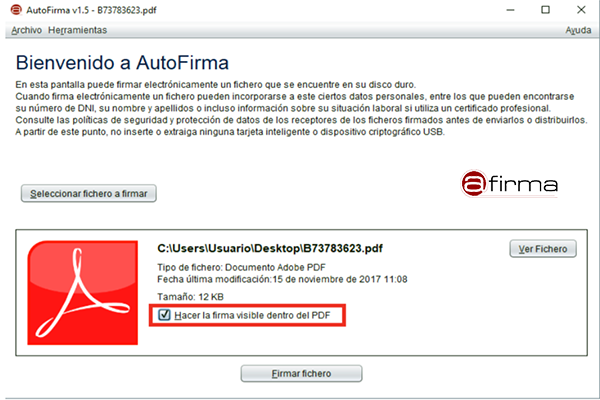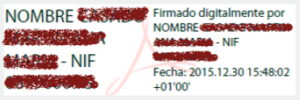Recently, the Office of Interpretation of Languages of the Spanish Ministry of Foreign Affairs has published a notice on its website acknowledging the validity of sworn translations with the electronic signature of the certified translator.
Do we refer to digital translations or translations with electronic signature?
Even if so far, many clients used to request their certified translations in electronic form, this is to say, a scanned version of their certified translation, so they could attach them by electronic means along with other documents, here, we refer to sworn translations with a qualified electronic signature.
What is a qualified electronic signature?
According to Regulation eIDAS, it means an advanced electronic signature that is created by a qualified electronic signature creation device, and which is based on a qualified certificate for electronic signatures.
This certificate is issued by a qualified trust service provider, as the Fábrica Nacional de Moneda y Timbre or FNMT, to whom it may be requested.
Once the certificate for electronic signature has been granted, the sworn translator will be able to stamp it on any of the certified translations of the language combination in which the translator is qualified to translate by the Ministry of Foreign Affairs.
In which format should the translation be saved to sign it electronically?
The translation must be saved in a portable document format. By clicking “fill and sign”, we can drag, resize and position the signature at the end of our translator´s declaration, so that it can be visualised on the translated document.
What does an electronic signature look like?
Here, we include one sample: it contains the full name and id card number of the subscriber, and the exact date and time when it was signed.
If I request a sworn translation with electronic signature, what requirements should the translation meet?
Basically, the same as if it were a certified translation in hard copy.
– Include the certification formula of a sworn translation, which reads:
‹‹Mr/Ms ……………………(name and surname), Sworn Translator and Interpreter no. [number] authorised by the Spanish Ministry of Foreign Affairs, European Union and Cooperation to translate documents into and out of the [language], do hereby certify that the following is a true and faithful rendering of a document drafted in ……………..[original language]. In (city), (date). Signature.>>
– Attach a copy of the original with the stamp of the sworn translator and the date of the certified translation to check the original from which the translation has been made.
– The translation must also bear the sworn translator´s stamp on every page.
Therefore, the only difference lies on the signature, which instead of being handwritten, is in electronic form.
Does the qualified electronic signature have any legal effect?
Article 25 of the eIDAS Regulation recognises the qualified electronic signature the same legal effect as the handwritten signature on any EU Member State. Therefore, it should be acknowledged in any Member State, regadless of where it was stamped
What are the advantages of a sworn translation signed with a qualified electronic signature?
There is no doubt, that the most evident one is savings on postal or courier fees and swift delivery after completion. In addition, the qualified electronic signature has other features like authentication, which enables the identification of the signatory, and integrity, that prevents changes from being made to signed documents.
I hope that we have helped you understand the qualified electronic signature of certified translations, and we encourage you to request it, as given its advantages, it is a highly recommendable option. Go for it by attaching your documents here!




